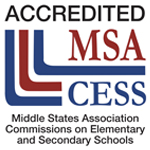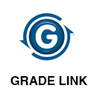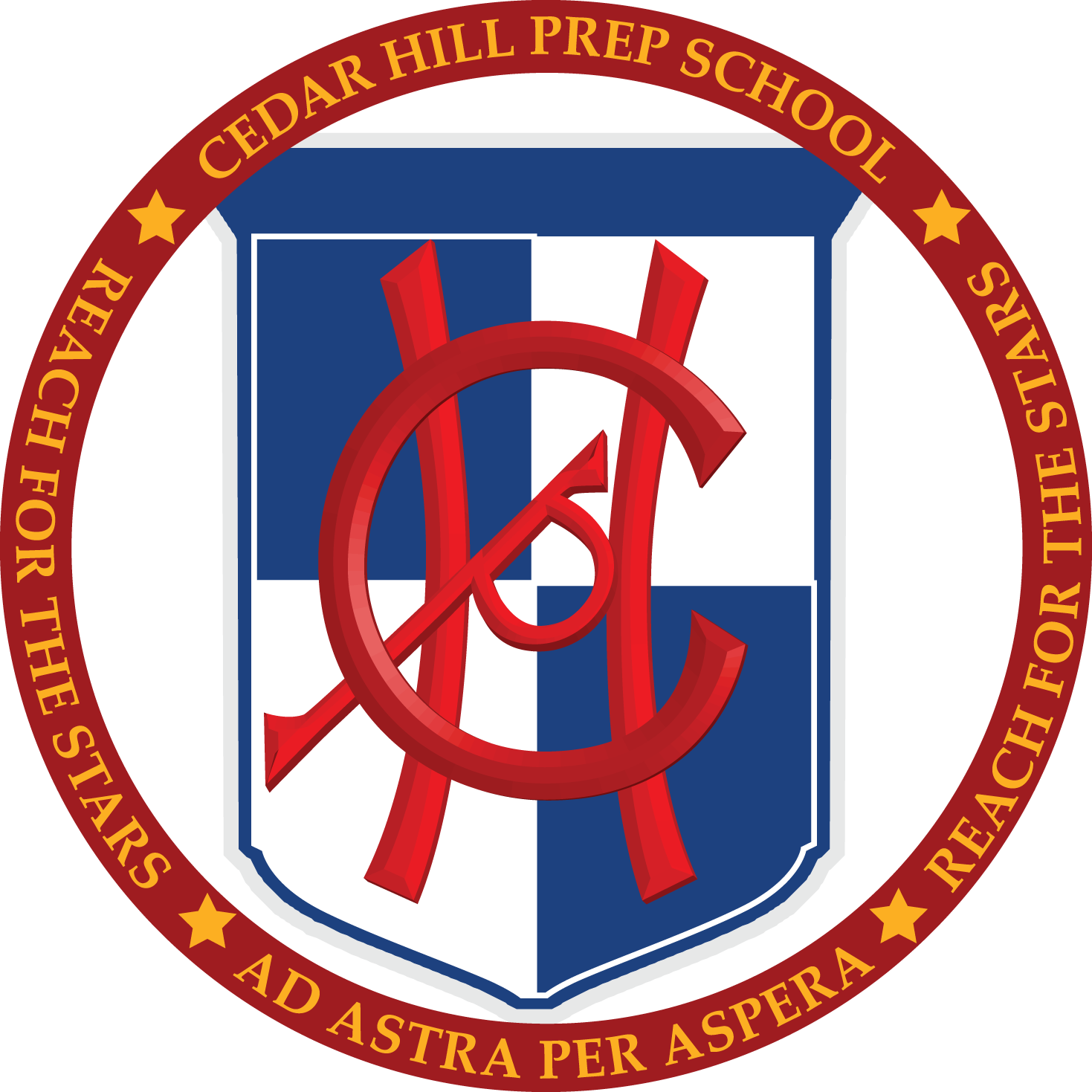Standardized tests have a long history in evaluating the performance of students and candidates to assess their skills. knowledge, and achievements.
While the origins of standardized testing can be found in China, where candidates for government jobs had to demonstrate their knowledge of poetry and Confucian philosophy, today we will focus on the United States and New Jersey in particular.

From the first standard test of intelligence, which was developed by the French psychologist Alfred Binet in 1905 and is still today a part of the modern IQ test, to the first SATs administered in 1926 by the American College Board, these standardized tests laid the foundation for what they have become today: effective and necessary means to measure intelligence, academic achievement, job candidacy, and certification in professional fields.
However, to better understand how standardized testing came about, a basic understanding of education in the U.S. is needed.
Education In The Colonies & Early Statehood
From the time of the first colonies in the early 1600s to the 1800s, education was largely available through:
- Private tutors who would teach at the family’s residence
- Local schools where the parents in the area could afford the schoolmaster’s salary
- Religious schools (e.g., Catholic schools)
- Grammar schools (Equivalent of today’s high schools)
Unfortunately, all of these options were only open to those who could afford it. Only the wealthiest families were able to give their children the best education through the private tutors and then grammar school. The mainstream education was mainly done by religious institutions, and the level of education received was at the elementary level in math, reading, and writing. Typically, girls did not go to school. Once in a while, an especially gifted or very lucky student received a sponsorship from a religious school or private source.
Shift In The Need To Educate
In the mid-to-late 1800s, the American educational system was transitioning from oral exams to written ones, the forebearers of standardized testing. At the same time, schooling went from teaching the elite to teaching the broader population. Massachusetts was the first state to pass a compulsory education law in 1852. New Jersey’s constitution was ammended in 1875 with a similar provision.
With more children attending school than ever before, hundreds of different tests were on the market to test students’ achievements in various areas. This created a challenge for colleges and professional schools concerning their admission process since there was no way to measure the tests against each other.
This, in part, led to the creation of the College Entrance Examination Board (now the College Board), and the first administered tests to be used for college acceptance at the turn of the century.
By World War I, standardized testing was commonly used, and the army used aptitude tests to sort soldiers into the jobs that fit them best. Technology advances in the 1930s, like the IMB 805, made scoring standardized tests more practical.
There were many detractors of the widespread use of standardized testing, especially multiple choice exams, which they said benefited guessing and memorization and not actual knowledge. However, the perceived objectivity of tests, along with the efficiency of administering them, outweighed those concerns.
New Jersey’s Reform In Education
In 1975, major changes were made to New Jersey’s education system, stemming from a court ruling in 1972 that the way schools were funded was unconstitutional. Part of these reforms created a uniform minimum achievement level in communications and computational skills.
In 1978, the state instituted Minimum Basic Skills (MBS) testing programs to third, sixth, and ninth grade students in both mathematics and reading. These tests soon became part of graduation requirements for a high school diploma.
Over the years, the tests were honed and underwent various shifts to better measure student progress against various goals and skills. In May 1996, the New Jersey State Board of Education enacted Core Curriculum Content Standards (CCCS) which served as benchmarks for what students should (and must) demonstrate in terms of proficiency at various points in their education. These basic proficiency standards are still in effect and are revised every five years to keep up with contemporary curricula statewide.
In 2001, No Child Left Behind (NCLB) was enacted, causing New Jersey’s assessment system to transform further. NCLB is a federal legislation and requires that states administer annual assessments to students in grades 3-8, and at least once in their high school years. States are required to assess language arts literacy, mathematics, and science at each of these varying points to ensure a well-rounded education for every student in New Jersey.
In 2010, New Jersey joined the Partnership for Assessment of Readiness for College and Careers (PARCC) consortium, and became a Governing State in 2011. The PARCC assessments have replaced all previous NJ statewide tests and, as of now, are required for graduation from high school.
The PARCC test has plenty of detractors saying that it does not properly prepare students for college and the job market, too much time is spent preparing for it, and it relies too heavily on a student’s use of a computer.
Proponents of PARCC say that it is superior to any previous state-required test, it requires more than rote memorization, shows areas where a student is struggling and needs more help, and assesses how schools are teaching students.
The Future Of New Jersey Standardized Testing
Regardless of which side of the PARCC debate you find yourself on, standardized testing is here to stay in New Jersey. If New Jersey does drop out of PARCC like so many other states have, it will be replaced with another version to test our children and, in part, our teachers.
At Cedar Hill Prep, we use nationally normed standardized tests to assess how our students are learning and how effectively our teachers are teaching. We also take the results from these tests and adjust our curriculum to best suit the needs of our students, to help them learn and be prepared for higher education, as well as life in the real world.
Unlike public schools, and even some other private schools, we do not have to wait for new legislation to enact better versions of tests or repeal ones that are antiquated or inefficient. Principal Don Seeley and I meet regularly about making positive changes to how and what we teach, and we make those changes a reality that very week, instead of waiting until the next school year.
We believe this is one reason as to why our students not only achieve while they are here but after they move on, as well.






